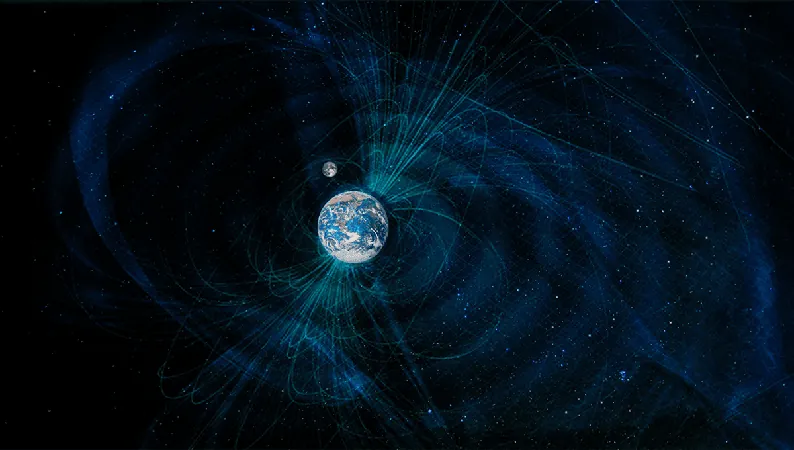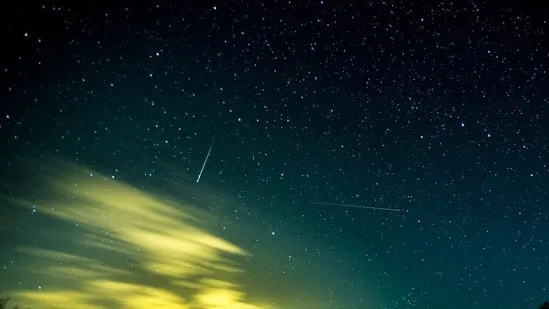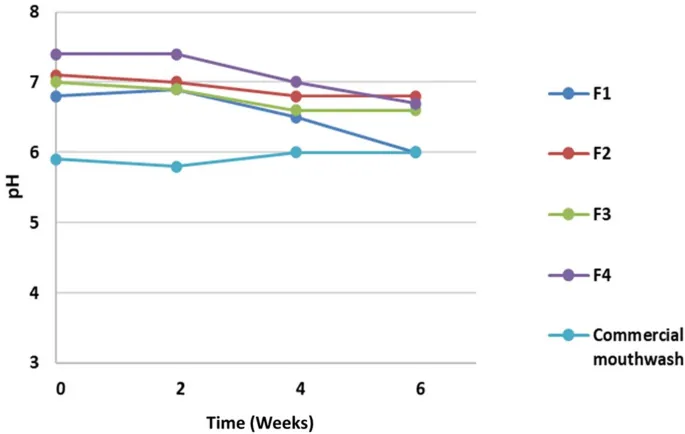
Unveiling the Mysteries of Earth's Magnetic Pole Reversals: A 780,000-Year-Old Story
2025-07-15
Author: Daniel
The Dance of Earth's Magnetic Poles
You might assume that compasses always point true north, but think again! The Earth's magnetic poles have a mind of their own, and they don’t always align with the geographic north. In fact, the Earth's magnetic field can flip, much like the Sun's, over extensive timescales. One of the most significant events was the Brunhes-Matuyama reversal, during which the magnetic north may have ventured as far south as the equator.
Why You Should Care About Magnetic Fields
While you may not think twice about Earth's magnetic field—unless you're lost in the wilderness—this invisible shield does more than just point your compass in the right direction. It protects us from hostile solar particles and creates stunning auroras. But the reality is that these magnetic fields are far from static.
"In the past 200 years, global magnetic field strength has weakened by about 9% on average," explains NASA. Surprising as it may be, the current magnetic field is actually stronger than it has been in the last 100,000 years, boasting double the intensity of its million-year average.
A Journey Through Time: The Magnetism of Movements
First located by Sir James Clark Ross in 1831, the magnetic north pole has drifted over 600 miles (1,100 kilometers) north-northwest. Its speed has become alarmingly swift, escalating from 10 miles (16 kilometers) per year to an astonishing 34 miles (55 kilometers) per year.
What's more, pole reversals can occur randomly over thousands of years, with intervals spanning from 10,000 years to over 50 million years. An example is the Laschamp event approximately 41,000 years ago—a temporary flip that lasted only 440 years, a blink in geological time!
The Last Major Flip: Brunhes-Matuyama Reversal
The last major enduring reversal happened around 780,000 years ago, aptly named the Brunhes-Matuyama reversal. Unlike the Laschamp event, this was a prolonged phenomenon, possibly taking up to 22,000 years to complete. By analyzing sediment cores from around the globe, researchers have pieced together a vivid picture of this ancient event.
Musical Interpretation of a Pole Shift
Intriguingly, scientists at the Helmholtz Centre for Geosciences in Potsdam, Germany, devised a way to sonify the magnetic reversal. Imagine three violins and three cellos weaving a complex musical piece that captures the chaotic essence of the magnetic field's transformation during the Brunhes-Matuyama reversal. This audiovisual interpretation serves to make the scientific data more engaging.
The Ongoing Mystery of Magnetic Movements
Picture our ancient ancestors baffled by their suddenly confused compasses! During significant reversals, magnetic fields can weaken drastically, allowing poles to form far from the usual locations and perhaps even create multiple north and south poles across the globe.
Recently, scientists updated the position of the magnetic north, noting unprecedented behavior: its speed has decelerated dramatically from 50 to 35 km per year after a fast track towards Siberia. Dr. William Brown from BGS remarked on this anomaly, highlighting that we are witnessing unique changes in the geomagnetic field.
The Future of Earth's Magnetic Fields
As we continue to research, it’s essential to remember that the movements of Earth's magnetic poles stem from the dynamic action within the liquid outer core, a result of convection and planetary rotation. While it has been quite some time since the last major reversal, the magnetic poles are still on the move, leaving us pondering when the next flip will occur.




 Brasil (PT)
Brasil (PT)
 Canada (EN)
Canada (EN)
 Chile (ES)
Chile (ES)
 Česko (CS)
Česko (CS)
 대한민국 (KO)
대한민국 (KO)
 España (ES)
España (ES)
 France (FR)
France (FR)
 Hong Kong (EN)
Hong Kong (EN)
 Italia (IT)
Italia (IT)
 日本 (JA)
日本 (JA)
 Magyarország (HU)
Magyarország (HU)
 Norge (NO)
Norge (NO)
 Polska (PL)
Polska (PL)
 Schweiz (DE)
Schweiz (DE)
 Singapore (EN)
Singapore (EN)
 Sverige (SV)
Sverige (SV)
 Suomi (FI)
Suomi (FI)
 Türkiye (TR)
Türkiye (TR)
 الإمارات العربية المتحدة (AR)
الإمارات العربية المتحدة (AR)